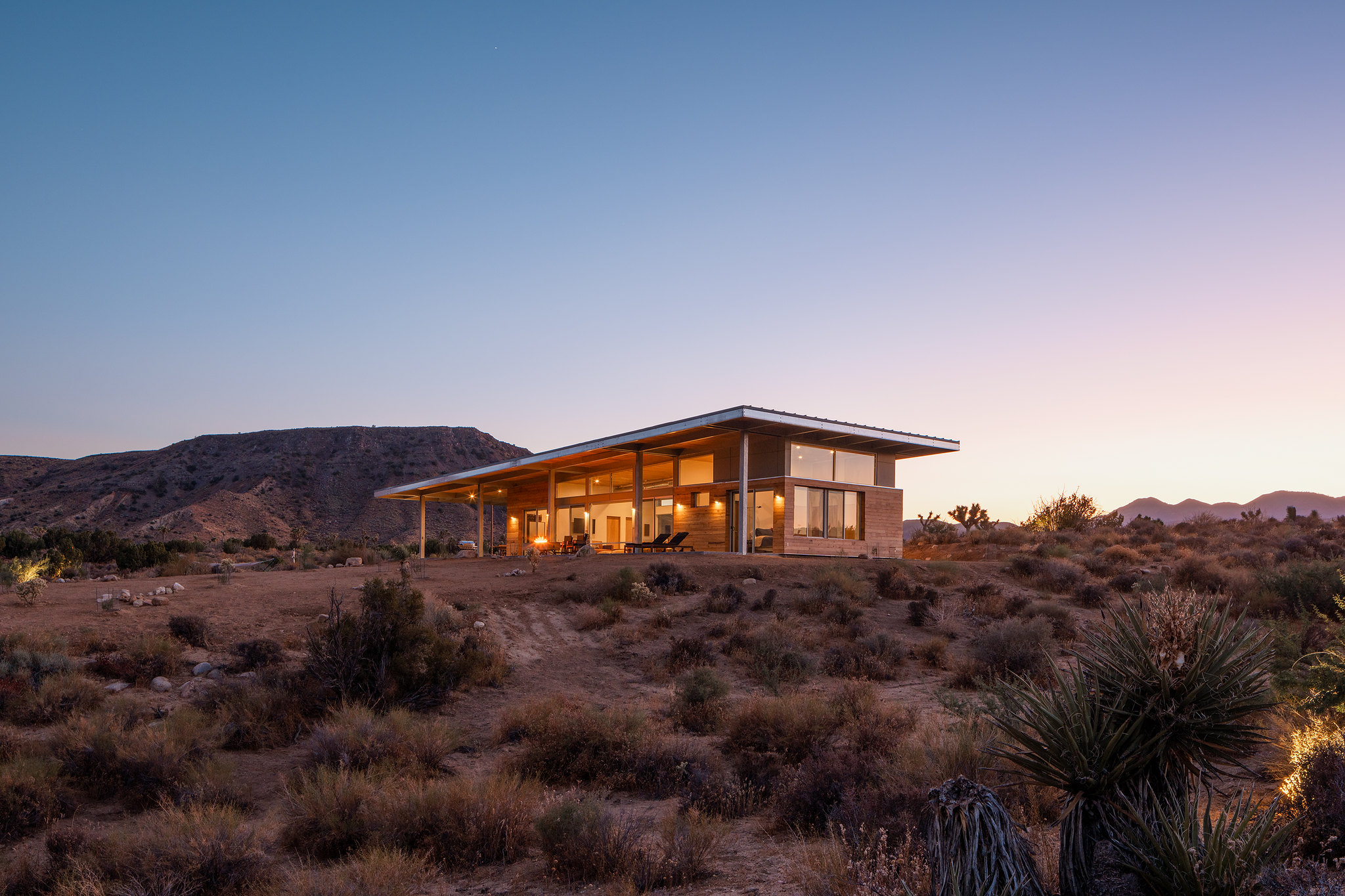Ticks are a concerning pest for everyone, and homeowners are wondering if there are natural ways to use plants to repel ticks.
Although repellents are proclaimed to be “safe” for humans, chemicals within the container can be lethal to other organisms and could ultimately damage the soil – one of the key resources for plants to grow.
The following are natural edible herbs to repel ticks with plants. The upside, these plants are edible, making your landscape performative and multi-functional.
Please check with your doctor before consuming plants as some may cause allergies for certain individuals.
12. Catnip / Nepeta cataria
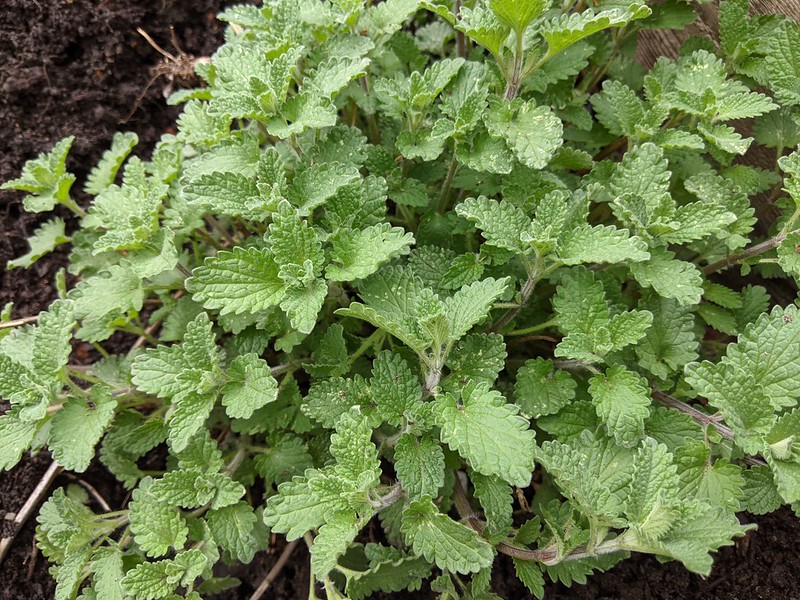
Nepeta cataria, more commonly known as catmint or catnip, is a perennial flowering plant that can be found in many parts of the world. Catmint has been used for centuries to treat a variety of ailments, and its therapeutic properties are still being studied today. In addition to its medicinal benefits, catmint also has a number of uses in the landscape other than repelling ticks.
This plant is easy to care for, and thrives in both sunny and shady locations. It’s also resistant to pests and diseases, making it a great choice for novice gardeners. Catmint blooms throughout the summer months, with spikes of blue flowers that are sure to attract bees and butterflies. The leaves have a refreshing minty aroma that will keep you smelling sweet all season long.
- Type: Herbaceous Perennial
- Zone: 3 to 7
- Culinary purposes: chop and add to soups, stews, sauces, vegetables or pasta.
TOP LANDSCAPE DESIGN BOOKS
-
Sale!

Walker Edison GZAN4PCBRB Paje Lounge Sets, Brown
$ 1,085.00Original price was: $ 1,085.00.$ 674.00Current price is: $ 674.00. Learn More -

Roccbox Pizza Oven by Gozney | Portable Outdoor Oven | Gas Fired, Fire & Stone Outdoor Pizza Oven – New Olive Green
$ 499.00 Learn More -

Outdoor Solar Powered Floor Lamp 2 Piece Different Size Modern Outdoor Decor Lanterns with Edison Bulbs Waterproof Solar Light for Patio,Pool, Lawn, Porch, Garden
$ 89.99 Learn More -

Jaxx Juniper Outdoor Bean Bag Patio Chair, Navy Stripes
$ 169.99 Learn More
11. Lavender / Lavandula angustifolia
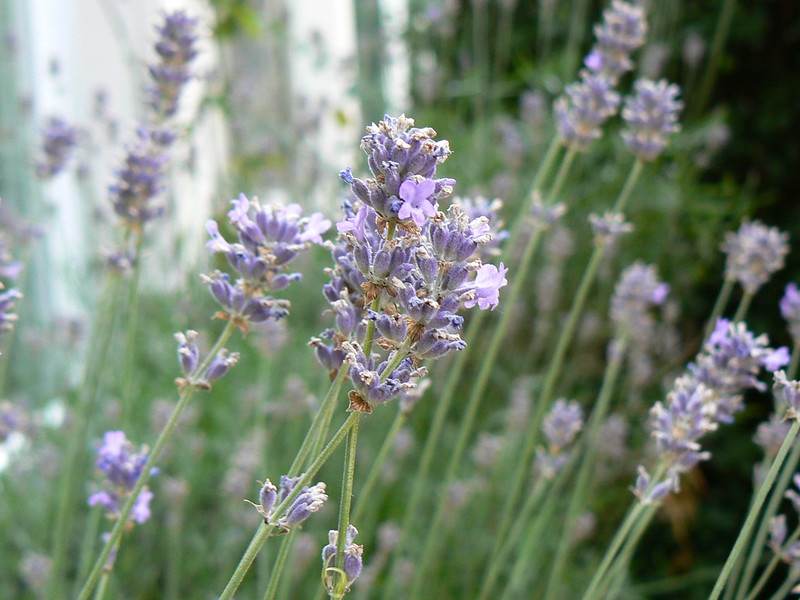
If you’re looking for a flowering shrub to add color and interest to your garden, lavender is a great option for an edible herb and plant to repel ticks. There are many different varieties of lavender, so you can find one that’s perfect for your climate and gardening style. Lavender is easy to care for, and it will keep blooming throughout the summer.
Lavandula angustifolia is also drought-tolerant, so it is a good choice for gardens in areas with limited water resources. This plant is hardy and easy to care for, and it produces beautiful purple flowers that will add color to your landscape other than repelling ticks.
- Type: Herbaceous Perennial
- Zone: 5 to 8
- Culinary purposes: add for a sweet floral flavor to desserts, beverages and savory dishes.
10. Sage / Salvia officinalis
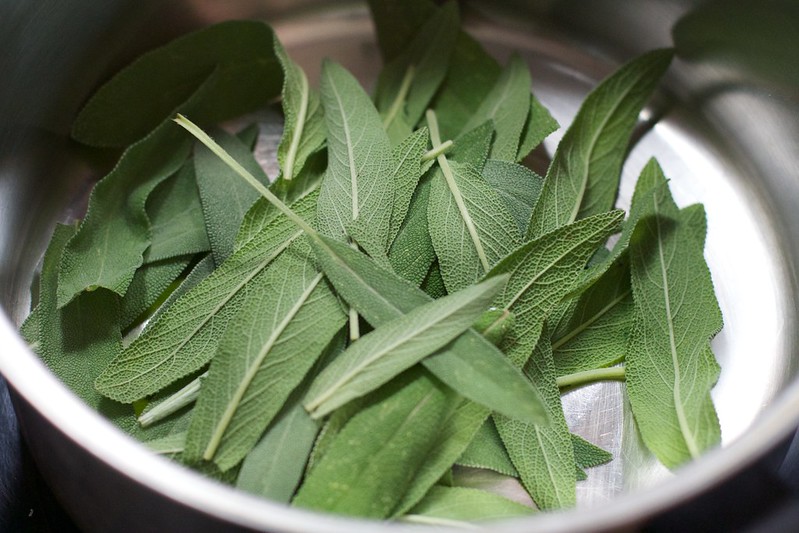
Salvia officinalis, more commonly known as sage, is an herb that has been used for centuries in both culinary and medicinal applications. The leaves of the sage plant are fragrant and flavorful, making them a popular addition to dishes such as chicken or pork stuffing.
In addition to its culinary uses, sage has also been traditionally used to help improve memory function and support cardiovascular health. Recent studies have even shown that sage can be helpful in treating Alzheimer’s disease. If you’re looking for a versatile herb that can be used in both the kitchen and the medicine cabinet, sage is a good choice!
- Type: Herbaceous Perennial
- Zone: 4 to 8
- Culinary purposes: add for a slightly peppery flavor.
TOP LANDSCAPE DESIGN COURSES
9. Beautyberry / Callicarpa americana (Best Option to Repel Ticks)
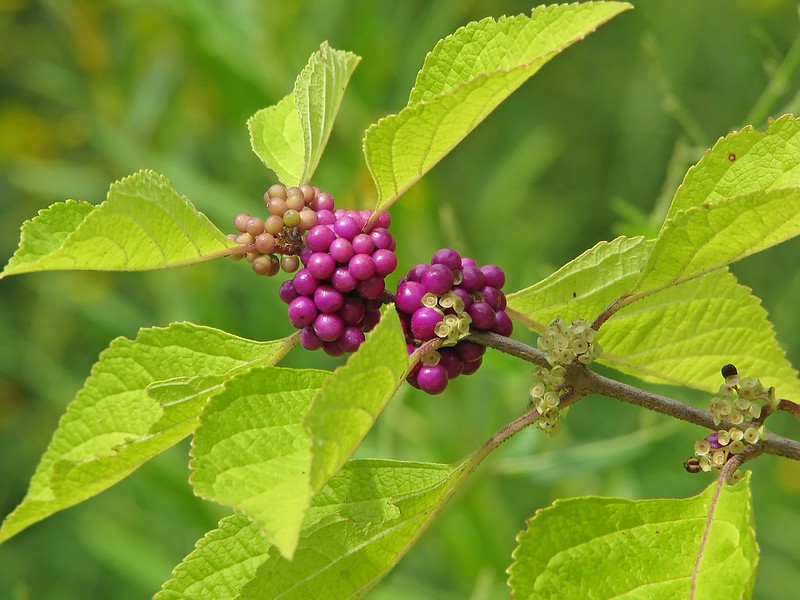
Callicarpa americana, also known as beautyberry, is a deciduous shrub that grows in the United States Department of Agriculture plant hardiness zones 6 through 10. Beautyberry can be grown as a specimen plant or used in mass plantings to provide color and interest throughout the year and is great plant to repel ticks through forms of mass plantings.
The plants produce clusters of small, pink berries that are edible and have a sweet flavor. Beautyberry is easy to grow and care for, making it a great choice for landscapers and homeowners alike.
If you’re looking for an evergreen shrub that will add interest to your landscape all year round, consider planting callicarpa americana.
- Type: Deciduous Shrub
- Zone: 6 to 10
- Culinary purposes: vibrant berries can make great jellies with a very distinct grape-like taste.
8. Lemongrass / Cymbopogon citratus
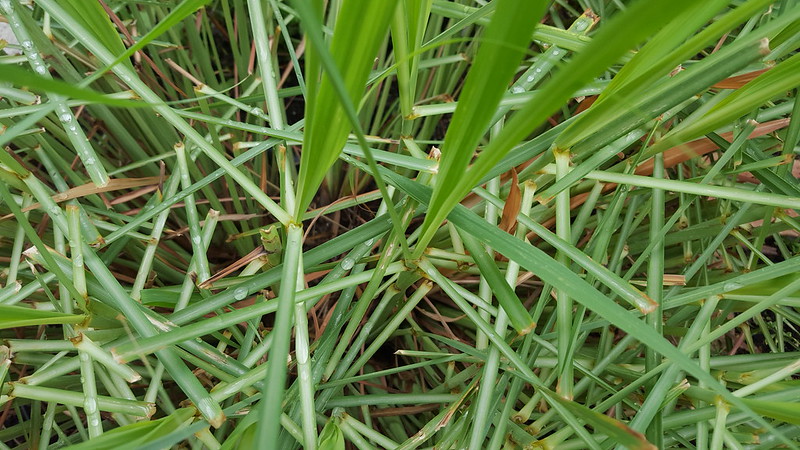
If you’re looking for a versatile, drought-tolerant grass that can be used in a variety of landscapes, Cymbopogon citratus, or lemon grass, may be the perfect choice for you.
This perennial grass is hardy in zones 10 through 11 and grows well in both full sun and partial shade. Lemon grass has a distinctive citrus scent that can be enjoyed when the leaves are crushed. It’s also been known as a plant to repel ticks as well as other insects.
- Type: Ornamental Grass
- Zone: 10 to 11
- Culinary purposes: distinct lemony and sweetly floral flavor and is commonly used to make herbal tea.
TOP LANDSCAPE DESIGN BOOKS
7. Chamomile / Chamaemelum nobile
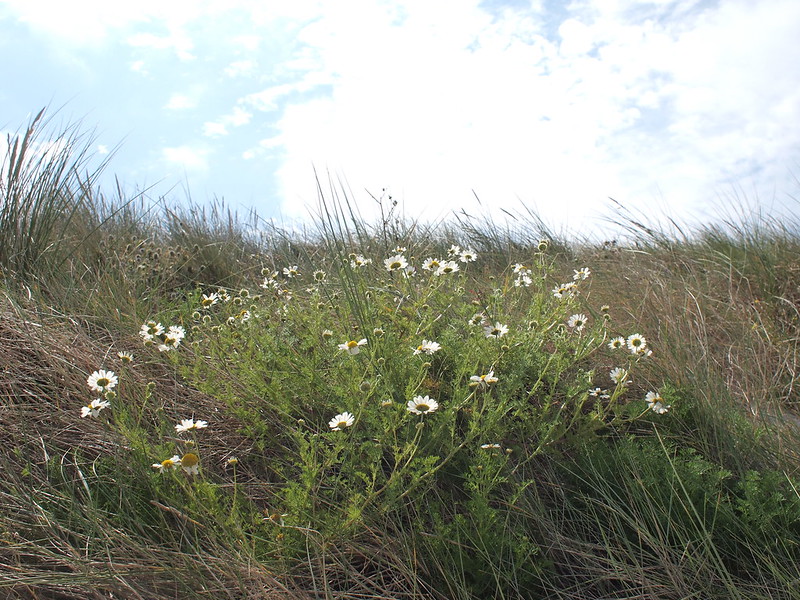
This perennial flower also known as Roman chamomile, is easy to care for and produces beautiful blooms year-round.
Click here to read about “10 Plants to Provide Winter Interest”.
It can be grown in U.S. Department of Agriculture plant hardiness zones 5 through 9 and does best in well-drained soil with full sun to part shade to help repel ticks. Chamomile features small white flowers that are reminiscent of daisies and has a sweet apple fragrance. The herb is often used in tea, aromatherapy, and homeopathy.
- Type: Herbaceous Perennial
- Zone: 4 to 9
- Culinary purposes: leaves may be chopped up and added into sour cream or butter.
6. Garlic / Allium sativum
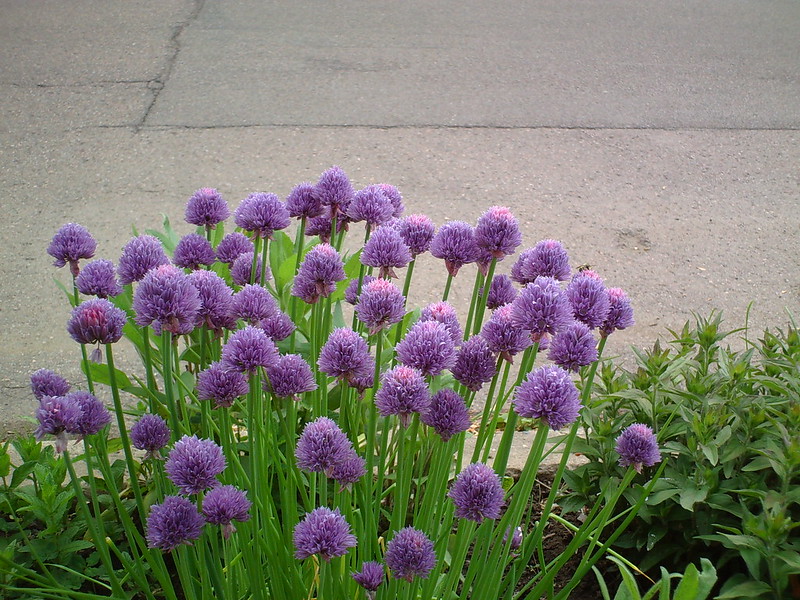
Allium sativum, commonly known as garlic, is a species of onion native to central Asia. Garlic has been used for centuries for both culinary and medicinal purposes. It’s believed to have antibacterial, anti-inflammatory, and antifungal properties.
Garlic is also a rich source of vitamin C and other antioxidants. In addition to its culinary uses, garlic can be used in landscape design to create pollinator habitats while repelling ticks.
- Type: Bulb
- Zone: 4 to 9
- Culinary purposes: pungent flavor as a seasoning or condiment.
SHOP LANDSCAPE DESIGN TOOLS
-

NOKKO Architectural and Engineering Scale Ruler Set – Professional Measuring Kit for Drafting, Construction – Imperial and Metric Conversion Table Included – Laser-Etched Markings, Anodized Aluminum
$ 29.99 Learn More -

AD Marker The Original Chartpak, Tri-Nib, 100 Assorted Colors in Slot Caddy, 1 Each (AD100)
$ 356.23 Learn More -

Lelix Felt Tip Pens, 30 Black Pens, 0.7mm Medium Point Felt Pens, Felt Tip Markers Pens for Journaling, Writing, Note Taking, Planner, Perfect for Art Office and School Supplies
$ 26.99 Learn More -

Leuchtturm1917 – Medium A5 Hardcover Sketchbook (Lemon) – 112 Pages of 150g/m² Paper
$ 25.95 Learn More
5. Sweet Basil / Ocimum basilicum
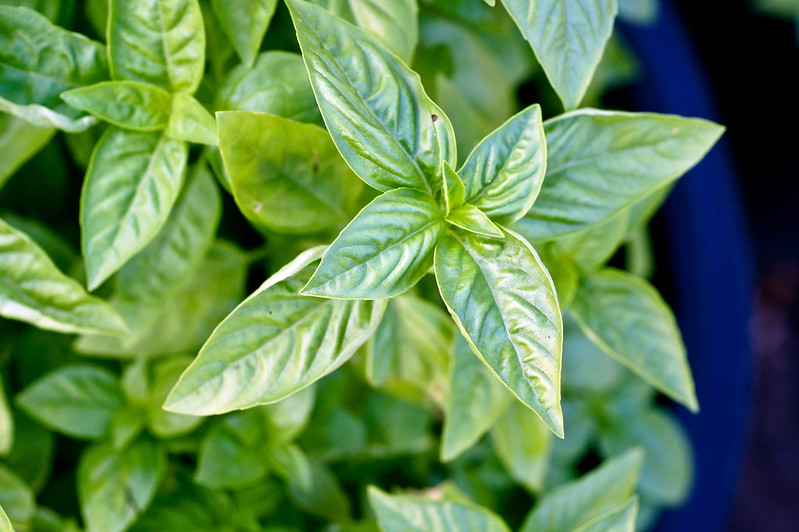
Ocimum basilicum, more commonly known as sweet basil, is a versatile edible herb that has many uses in the landscape. Its fragrant leaves can be used in teas and cooking, and it also makes a beautiful addition to flower gardens. Sweet basil is easy to grow and care for, making it a great choice for beginners.
This herb has a strong aroma and flavor that can be used in both sweet and savory dishes. It is also a great herb to use in landscaping because it can attract pollinators to your garden. Plus, it’s easy to grow! If you’re looking for an easy-to-grow herb that has a ton of uses, sweet basil is a great choice!
- Type: Annual
- Zone: 2 to 11
- Culinary purposes: commonly used in soups, meat pies, fish dishes, certain cheeses and salads.
4. Holy Basil / Ocimum tenuiflorum
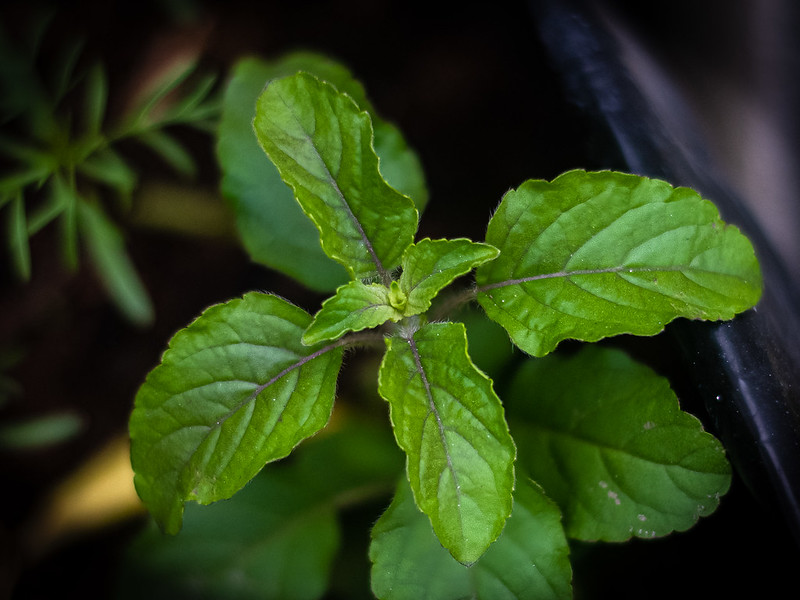
Ocimum tenuiflorum, more commonly known as Tulsi or Sacred Basil, is a plant native to India that has been used for thousands of years in Hinduism and Ayurveda for its medicinal properties. Tulsi is known for its ability to improve respiratory function, reduce stress levels, and boost the immune system. It can be grown in any climate and is easy to care for, making it a great choice for gardeners looking to add some medicinal plants to their landscape.
This herb is drought tolerant and can be used to create ornamental gardens that are both beautiful and functional. It can also be used in combination with other herbs to create fragrant gardens that repel pests, such as ticks.
- Type: Herbaceous Perennial
- Zone: 10 to 12
- Culinary purposes: eaten raw or cooked and is great to add to salads, used as flavoring or made into tea.
SHOP LANDSCAPE DESIGN TOOLS
-

DEKOPRO Measuring Wheel Collapsible Digital Display Measures Up To 99,999 Ft Compact Wheel With Cloth Carrying Pack,12-Inch
$ 59.99 Learn More -

Acer Nitro 17 Gaming Laptop | AMD Ryzen 7 7840HS Octa-Core CPU | NVIDIA GeForce RTX 4050 Laptop GPU | 17.3″ FHD 165Hz IPS Display | 16GB DDR5 | 1TB Gen 4 SSD | Wi-Fi 6E | RGB Backlit KB | AN17-41-R6L9
$ 1,199.99 Learn More -

Magigoo MO2016 All-in-One 3D Printer Adhesive Glue, Reduces Warping for ABS, PLA, PETG, Hips and TPU Filament on Glass, Flex Plate, PEI, Buildtak, Kapton 50ml, 1.69 fl. oz.
$ 19.95 Learn More -

2.85mm(3mm) PLA PRO Filament 2.85mm, Tough & High Rigidity White PLA Filament 2.85mm 1kg – Polymaker PLA PRO 3D Printer Filament 3mm, Print with 2.85mm Openning 3D Printers Only
$ 24.99 Learn More
3. Lemon Balm / Melissa officinalis
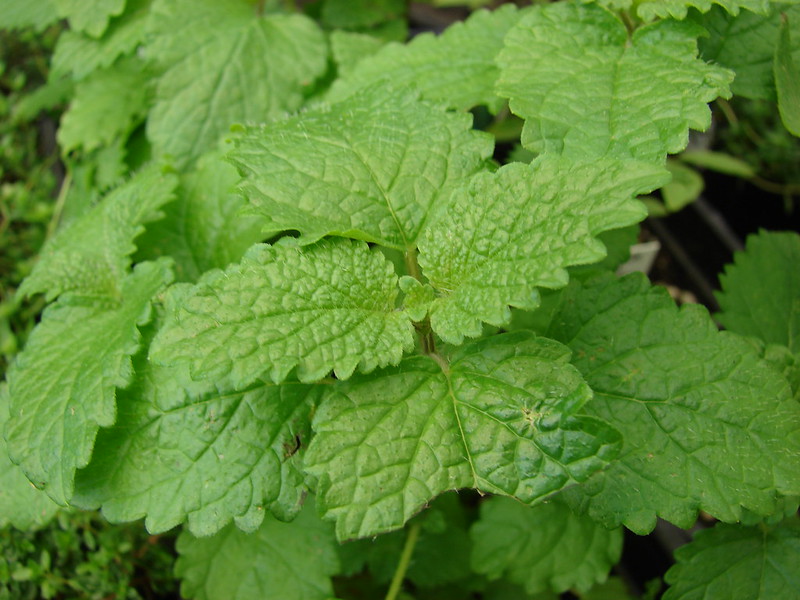
Melissa officinalis, also known as lemon balm, is a edible herbaceous perennial plant that can reach up to three feet in height and features fragrant leaves that are often used in teas and other herbal remedies. Melissa officinalis is a great choice for gardeners who are new to growing plants, as it’s low maintenance and relatively forgiving if you make a mistake or two.
Additionally, the bright green foliage provides an attractive contrast against other plants in your garden.
- Type: Herbaceous Perennial
- Zone: 3 to 7
- Culinary purposes: to make teas, marinate chicken or fish, or flavor baked foods and jams.
2. Thyme / Thymus vulgaris
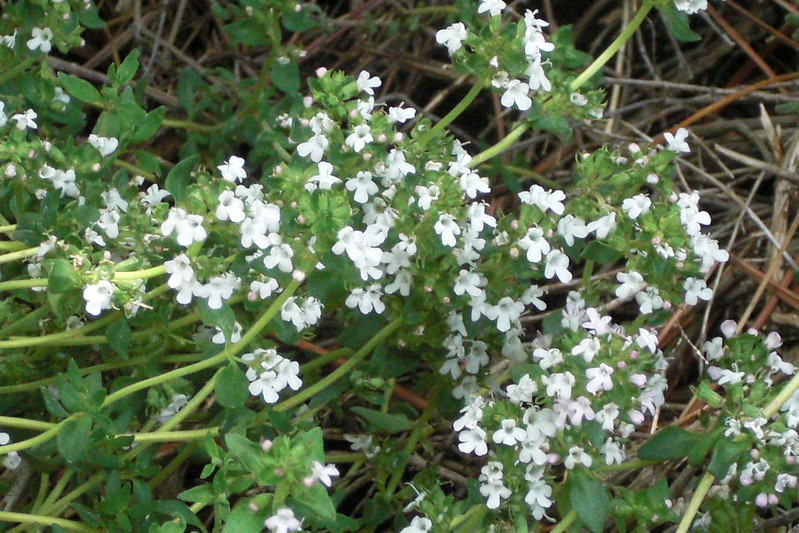
Thymus vulgaris, or commonly “thyme”, is a perennial evergreen herb that is a popular choice for landscaping designs and gardens. It has fragrant leaves that are grayish-green in color, and small purple flowers. Thyme is easy to grow and can be used to add flavor to food, or as an herbal remedy. It is also drought tolerant, making it a good choice for xeriscaping.
- Type: Herbaceous Perennial
- Zone: 5 to 9
- Culinary purposes: the plant has an agreeable aromatic smell and warm pungent taste.
SHOP CAD LIBRARIES
1. Sunflower / Helianthus annuus

If you’re looking for a versatile and hardy flowering plant to add to your landscape design, Helianthus annuus, or the common sunflower, is a great option. These plants can grow in a variety of soils and climates, and they bloom throughout the summer months. They also make a great addition to any garden as they attract pollinators like bees and butterflies while repelling pests like ticks.
- Type: Annual
- Zone: 2 to 11
- Culinary purposes: cultivated primarily for the seeds, these plants also produce sunflower oil for cooking.











